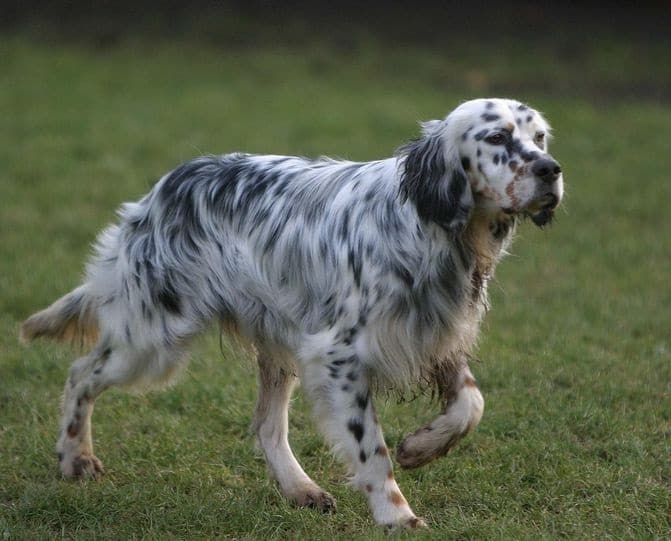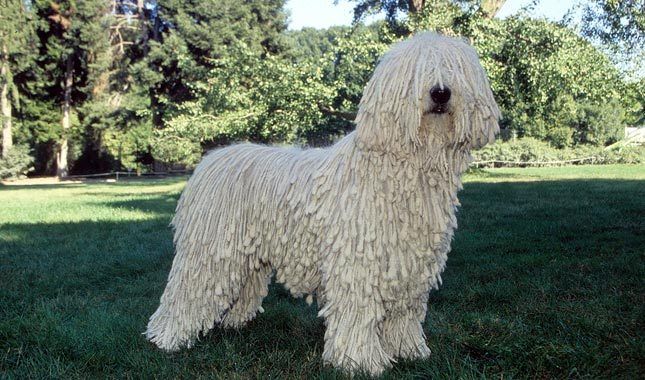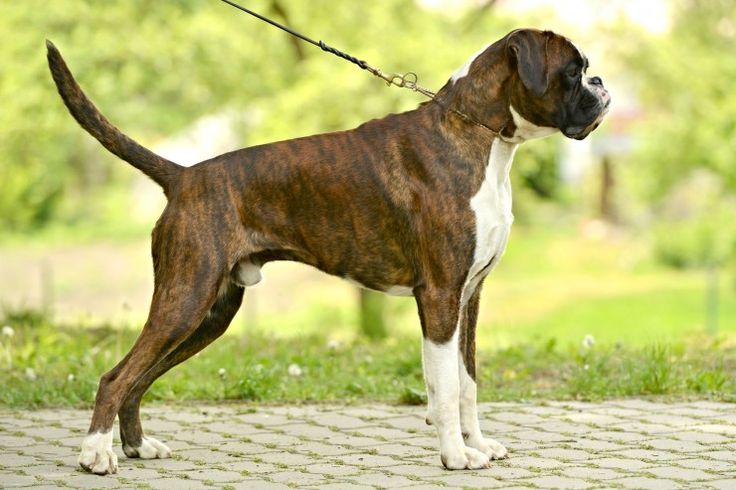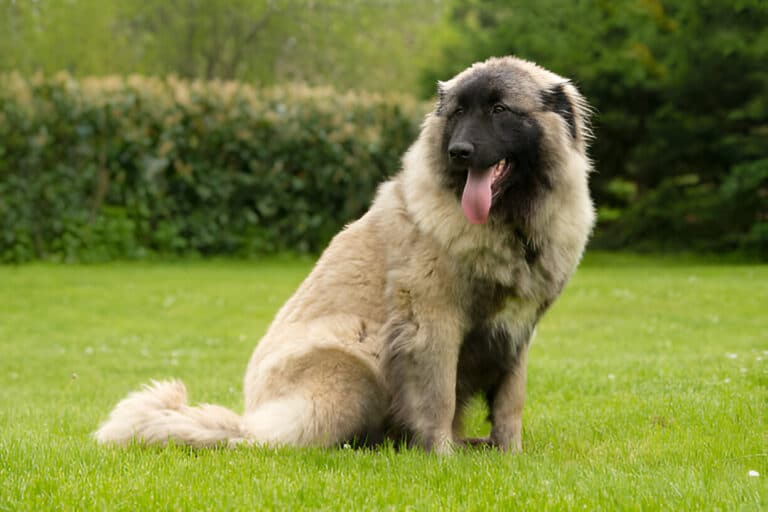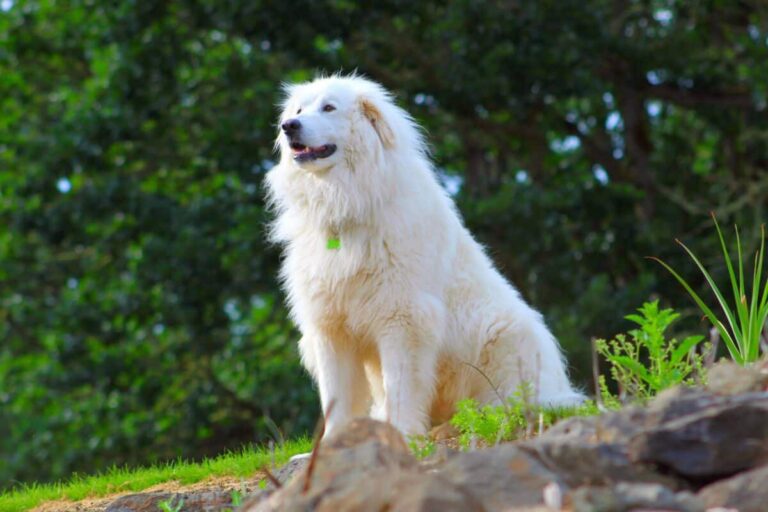English Setters are a beloved breed of sporting dogs known for their gentle and elegant nature. As highly intelligent and adaptable animals, English Setters are versatile companions for both outdoor enthusiasts and families alike. Their stunning appearance, with their long and silky coats and distinctive feathering, adds to their allure. In this dog breed guide, we will explore the history, characteristics, and care requirements of English setters, as well as their role as loyal and affectionate pets. Whether you are considering adding an English Setter to your family or simply curious about this remarkable breed, this article will provide you with valuable insights and information.
History of English Setters
Origins of the English Setter
The English Setter is a breed of dog that can trace its origins back to 19th-century England. It is believed to have descended from a combination of spaniels, pointers, and large water dogs. The exact origins are not well documented, but it is thought that the breed was developed by crossing these different hunting dogs to create a versatile and elegant setter.
Development of the Breed
The development of the English setter as we know it today can be attributed to the efforts of Edward Laverack and R. Purcell Llewellin. Edward Laverack, an Englishman, focused on breeding dogs for the show ring and solidified the breed’s distinctive physical characteristics, such as the long, silky coat and feathered tail. R. Purcell Llewellin, on the other hand, was an Irishman who emphasized the breed’s hunting abilities, specifically their exceptional scenting and pointing skills.
Through careful breeding and selection, Laverack and Llewellin were able to establish two distinct lines within the breed. The Laverack Setter is known for its elegant appearance and is primarily seen in show rings, while the Llewellin Setter is prized for its working abilities and is often used by hunters. Both lines, however, share the breed’s gentle and affectionate nature.
Popularity and Use
English Setters gained popularity both as working dogs and as beloved companions. Their exceptional hunting abilities, combined with their gentle temperament, made them a favorite among sportsmen. They were highly valued for their skill in locating and pointing out game birds, which made them indispensable for hunters.
Over time, the English setter’s popularity extended beyond the hunting field. Their elegant appearance, friendly demeanor, and ability to get along well with children and other animals make them a sought-after breed for families and individuals looking for a loyal and affectionate companion. Even today, English Setters continue to be cherished as both working dogs and beloved family pets.
In conclusion, the history of English setters is rich and fascinating. From their origins as a versatile hunting dog to their development into a breed known for both its beauty and working abilities, English Setters have proven themselves to be a truly remarkable and beloved sporting dog.
Physical Characteristics
Size and proportions
English setters are known for their graceful and well-proportioned physiques. They are classified as a medium-to-large breed, with males typically standing between 24.5 and 25.5 inches at the shoulder, while females are slightly smaller, ranging from 23 to 24.5 inches. When it comes to weight, males usually weigh between 65 and 80 pounds, whereas females generally weigh around 45 to 70 pounds.
Coat and color
The English Setter boasts a luxurious and silky coat, which is one of its most striking features. Their medium-length, flat, or slightly wavy hair feels soft to the touch and offers protection in various weather conditions. This breed comes in three distinct color patterns: black and white, orange and white, or a combination of these colors with speckling known as “belton.” The Belton pattern can include shades of lemon, liver, or blue as well.
Distinctive Features
English Setters possess several distinctive features that set them apart from other sporting dogs. One of their most notable characteristics is their elegant feathering, which refers to the long, silky hair found on their ears, chest, abdomen, back of the legs, and tail. This feathering not only enhances their overall appearance but also aids in their agility and balance. Additionally, their expressive and soulful eyes, usually in shades of hazel or brown, contribute to their gentle and intelligent expression.
These beautiful dogs also have a well-defined chiseled head, a slightly rounded skull, and a well-pronounced stop. Their long, pendant ears hang close to their heads, framing their faces and adding to their elegance. The English Setter’s tail is typically straight and carried at or just below the level of the back, adding to their overall balance and poise.
In conclusion, English setters possess physical characteristics that epitomize elegance and grace. Their size and proportions, along with their stunning coat colors and distinctive features, contribute to their reputation as a gentle and elegant sporting dog.
Temperament and personality
Gentle and affectionate nature
English setters are known for their gentle and affectionate nature. These dogs have a calm and amiable disposition, making them wonderful companions for individuals and families alike. They have a natural inclination to bond closely with their owners and are often described as being loyal and devoted.
The gentle nature of English setters makes them particularly well-suited for households with children or other pets. They are patient and tolerant, making them excellent playmates for kids. Their affectionate nature also extends to other animals, and they often get along well with other dogs and cats.
Intelligence and trainability
English Setters are highly intelligent dogs and are known for their trainability. They have a keen sense of observation and can quickly pick up on cues and commands. This intelligence, combined with their eagerness to please, makes them easily trainable.
These dogs excel in various activities and sports, such as obedience training, agility, and even hunting. They have a natural instinct for tracking scents and can be trained to be excellent hunting companions. With consistent and positive reinforcement training methods, English setters can quickly learn and master new skills.
Socialization and compatibility
English Setters are social dogs that thrive on human companionship. They enjoy being part of a family and can develop strong bonds with their owners. Regular socialization from an early age is crucial to ensuring they grow up to be well-rounded and friendly dogs.
Proper socialization also helps English learners become more comfortable in different environments and around unfamiliar people and animals. They are generally friendly and approachable, making them a good choice for individuals or families looking for a sociable and compatible companion.
In conclusion, English Setters possess a gentle and affectionate nature, showcasing their suitability as family pets. Their intelligence and trainability make them versatile dogs that can excel in various activities. With proper socialization, they can develop into friendly and compatible companions for both humans and other animals.
Care and maintenance
Exercise and activity needs
English Setters are an active and energetic breed that requires regular exercise to stay happy and healthy. Engaging in physical activities helps them burn off excess energy and prevents them from becoming bored or destructive. A daily walk or jog is essential for English setters, but it is important to provide them with additional mental stimulation as well. Engaging in activities such as fetch, obedience training, or participating in dog sports like agility can help keep their minds sharp and their bodies fit. It is recommended to provide at least 60 minutes of exercise each day to meet their needs.
Grooming Requirements
English setters have a beautiful and luxurious coat that requires regular grooming to keep it in top condition. Their medium-length and silky fur is prone to tangling and matting, so regular brushing is crucial. A thorough brushing session at least two to three times a week will help prevent mats from forming and keep their coat looking shiny and healthy. Pay extra attention to their feathering on the ears, legs, and tail, as these areas are more prone to tangling. Regular bathing should be done every 6–8 weeks to keep their coat clean and free from dirt and debris.
Health and Common Issues
Overall, English Setters are a relatively healthy breed, but like any dog, they are prone to certain health issues. Some common health problems that English speakers may face include hip dysplasia, elbow dysplasia, and hypothyroidism. Regular vet check-ups, a balanced diet, and proper exercise can help prevent or manage these conditions. It is also important to keep an eye out for any signs of ear infections, as English Setters have long and floppy ears that can trap moisture and become a breeding ground for bacteria. Regular ear cleaning and inspection are necessary to avoid any potential issues.
In conclusion, caring for an English setter requires providing them with regular exercise, ensuring proper grooming, and being aware of their potential health issues. By meeting their exercise needs, keeping their coat well-groomed, and monitoring their health, English Setters can live a happy and healthy life as the gentle and elegant sporting dogs they are known to be.
Training and Obedience
When it comes to training and obedience, English setters are known for their intelligence and willingness to learn. This elegant sporting dog thrives when given consistent and positive training methods. Whether you are a first-time dog owner or an experienced trainer, understanding the basics of training commands, positive reinforcement techniques, and advanced training activities can help you develop a well-behaved and happy English setter.
Basic training commands
Establishing a strong foundation of basic training commands is essential for every English setter. These commands provide structure and ensure that your dog understands what is expected of them. Here are some essential basic training commands to teach your English setter:
- Sit: Teaching your English setter to sit on command is a fundamental command that helps with impulse control and manners. Hold a treat above their head and slowly move it backward, causing them to look up and naturally sit down. Reward them with a treat and praise them when they sit.
- Stay: This command teaches your English setter to remain in place until released. Start by having your dog sit, then hold your hand up in a “stop” gesture while saying “stay.” Take a step back and reward them if they stay in place. Gradually increase the distance and duration of the stay command over time.
- Come: Teaching your English teacher to come when called is crucial for their safety. Begin by using a long leash in a controlled environment. Say “come” while gently pulling the leash towards you. Reward your dog with treats and praise when they reach you. Practice this command in different environments with increasing distractions.
Positive reinforcement techniques
English setters respond exceptionally well to positive reinforcement techniques. These methods focus on rewarding desired behaviors rather than punishing unwanted behaviors. Here are some effective positive reinforcement techniques to use during training:
- Treats and Rewards: English setters are food-motivated, making treats an excellent tool for training. Use small, soft treats that your dog finds irresistible. Reward your dog immediately after they perform a desired behavior, accompanied by verbal praise and affection.
- Clicker Training: Clicker training can be a powerful tool for English Setter training. Pair a distinct click sound with treats to mark desired behaviors. The clicker acts as a signal that informs your dog they have done something correctly, followed by a reward. This method helps your English setter associate the click with positive outcomes.
- Verbal and Physical Affection: English speakers thrive on human interaction and praise. Use a positive and upbeat tone when giving commands or praising good behavior. Petting, belly rubs, and gentle play can also reinforce positive behaviors and strengthen the bond between you and your English teacher.
Advanced training and activities
Once your English teacher has mastered basic commands and obedience, you can introduce them to advanced training and activities to keep them mentally stimulated and physically fit. Here are some examples of advanced training and activities that English Setters enjoy:
- Agility Training: English setters excel in agility training due to their athleticism and agility. Set up an obstacle course with tunnels, jumps, and weave poles, and teach your dog to navigate through them. This activity not only provides mental stimulation but also helps improve their coordination and physical fitness.
- Hunting and Retrieval: English Setters have a natural instinct for hunting and retrieving. Engage in activities like field trials or retrieving games to tap into their natural abilities. These activities allow them to exercise their scenting skills and provide them with a sense of purpose.
- Canine Sports: English setters are well-suited for various canine sports such as dock diving, flyball, and obedience competitions. Participating in these sports not only challenges their skills and abilities but also strengthens the bond between you and your English teacher.
Remember, training an English setter requires patience, consistency, and positive reinforcement. With the right training techniques and activities, you can shape your English setter into a well-behaved and happy companion.
Famous English Setters
Notable English Setters in History
English setters have a rich history and have made their mark in various aspects of society. Here are some notable English setters that have left a lasting legacy:
- Llewellin Setter: Developed by the English breeder R. L. Purcell Llewellin, this particular line of English Setters became highly sought after for their exceptional hunting abilities. Their keen sense of smell and natural instincts made them a popular choice among hunters in the late 19th and early 20th centuries.
- Beldham Setter: This English setter gained fame for its remarkable agility and athleticism. Bred by Mr. Beldham in the 18th century, these Setters were known for their unmatched speed and endurance, making them exceptional competitors in field trials and dog shows.
- Ryman Setter: Named after George Ryman, an influential breeder in the early 20th century, the Ryman Setter became renowned for its versatility and trainability. These setters were highly regarded for their ability to excel in both hunting and show competitions, making them a well-rounded choice for enthusiasts.
English Setters in Popular Culture
English setters have also made appearances in popular culture, leaving a lasting impression on audiences worldwide. Here are a few instances where English setters stole the spotlight:
- “Lassie”: In the classic television series and subsequent movies, the iconic character Lassie was often portrayed as an English setter. Lassie’s intelligence, loyalty, and unwavering determination captivated audiences, showcasing the breed’s remarkable qualities.
- “The English Setter Who Saved Christmas”: This heartwarming tale, depicted in a children’s book and later adapted into a movie, tells the story of an English setter named Buddy who helps save Christmas for a family in need. Buddy’s charm and heroism won the hearts of many, further cementing the breed’s endearing image.
Celebrity English Setter Owners
English setters have also found their way into the homes of various celebrities, who have embraced their elegance and gentle nature. Here are a few famous individuals known for their love of English setters:
- Sir Walter Scott, the renowned Scottish novelist and poet, was a proud owner of English Setters. Scott often incorporated his beloved Setters into his literary works, showcasing their beauty and loyalty through his vivid descriptions.
- Paul McCartney, the legendary musician and former member of The Beatles, has been a long-time advocate for animal welfare. McCartney’s English setter, Martha, became a beloved companion and even inspired one of his famous songs, “Martha My Dear.”
- James Herriot, a beloved British veterinarian and author known for his series of books such as “All Creatures Great and Small,” was an avid enthusiast of English setters. Herriot appreciated their gentle temperament and included them in several heartwarming anecdotes throughout his works.
English setters continue to capture the hearts of people from all walks of life, leaving an indelible mark on history, popular culture, and the lives of those fortunate enough to call them companions.
English Setters are truly remarkable dogs that embody both gentleness and elegance. Their sporting instincts make them excellent companions for those who enjoy outdoor activities like hunting or hiking. Their friendly and sociable nature also makes them great family pets. With their stunning coats and graceful appearance, English setters are sure to turn heads wherever they go. Whether you are looking for a loyal hunting partner or a loving family pet, the English Setter is a breed that is sure to bring joy and beauty into your life.

